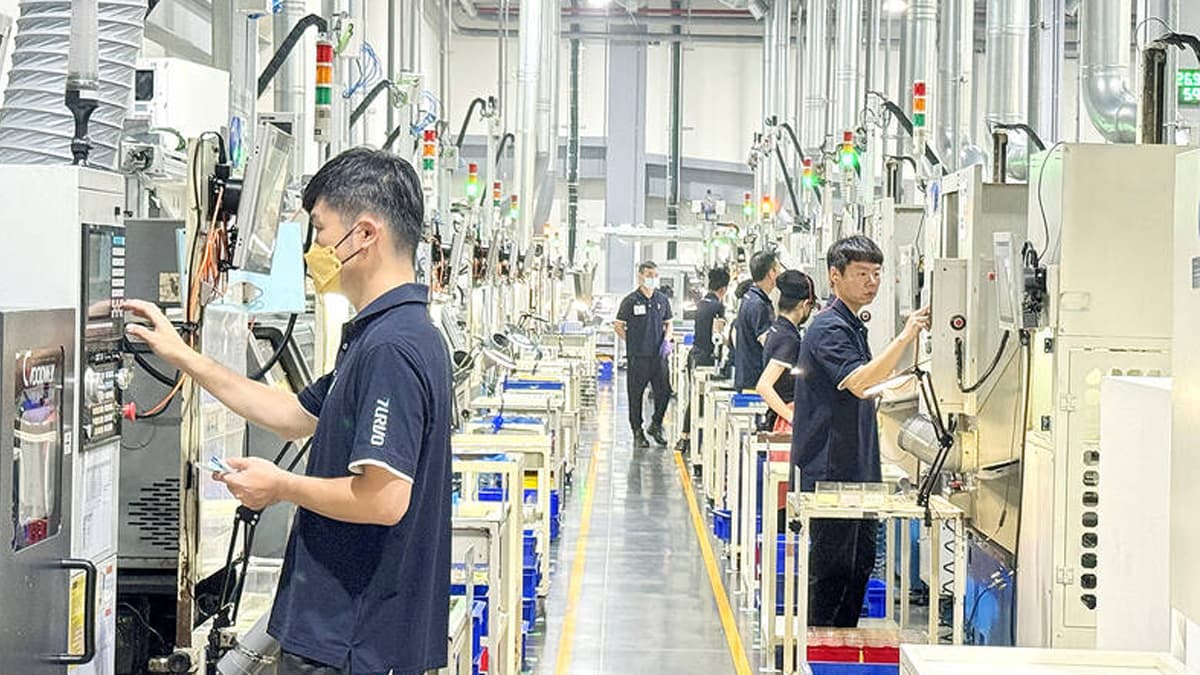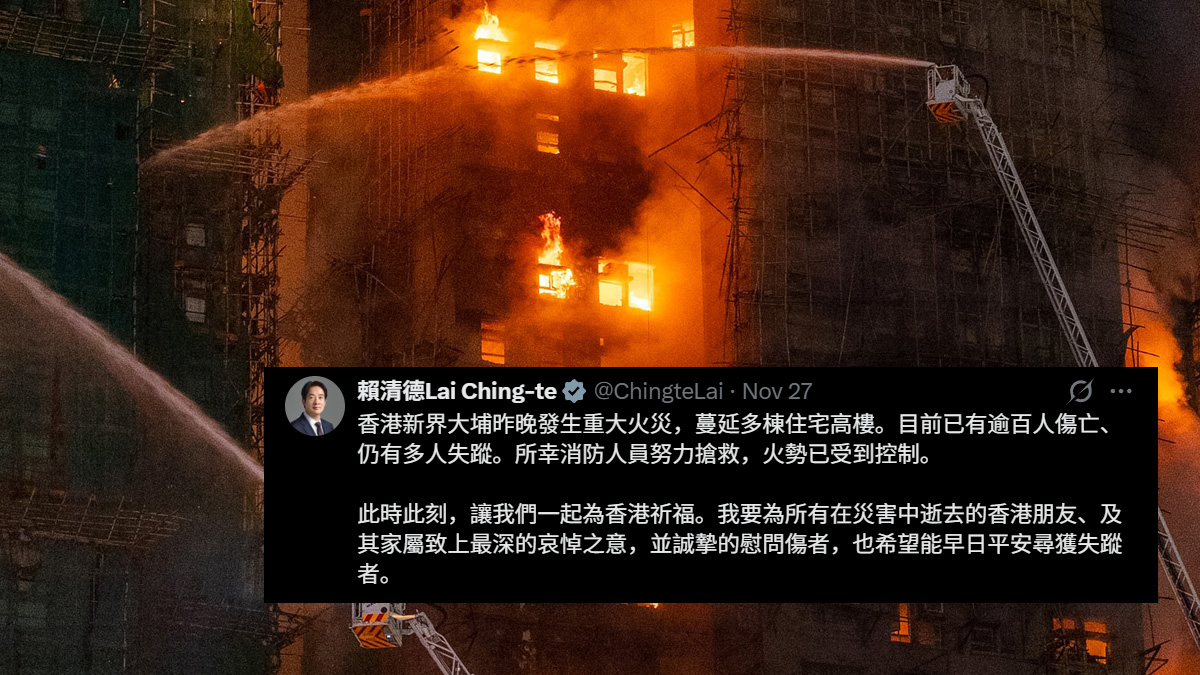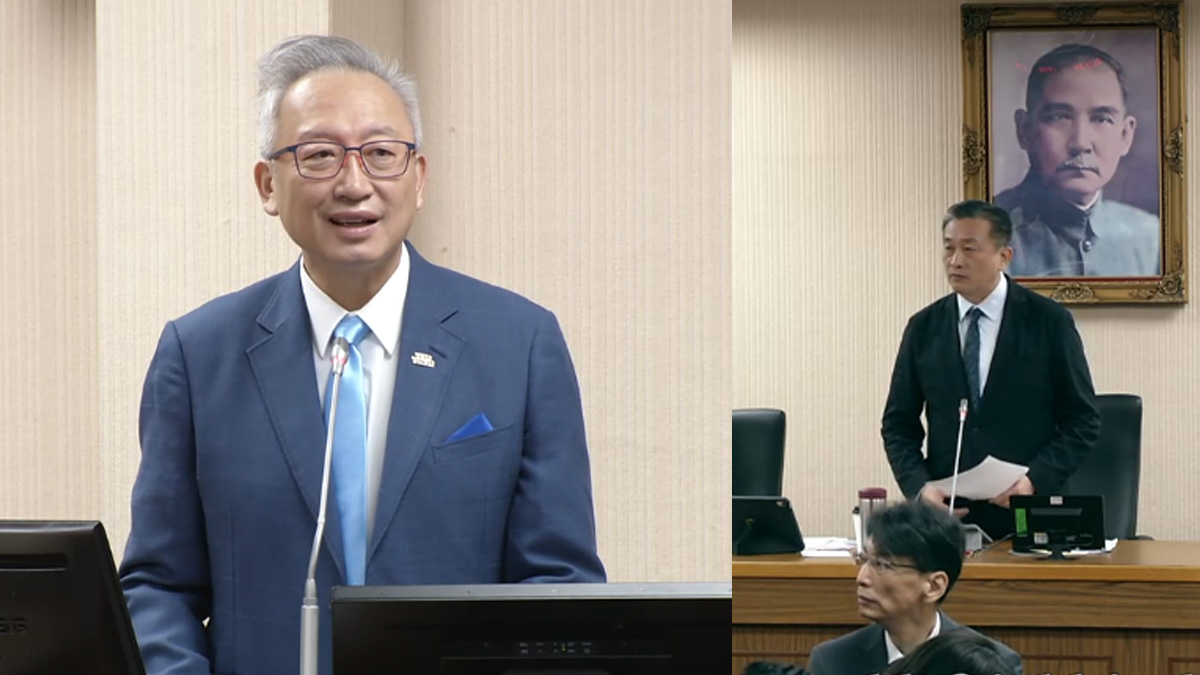Taiwan faces steep labour force decline with 6.67 million set to retire in two waves
Taiwan’s workforce is expected to shrink by 6.67 million over two retirement waves, with a growing demographic imbalance and labour force participation gaps threatening the island’s economic stability.

- Taiwan’s working-age population is projected to shrink by 6.67 million due to two waves of retirement.
- A labour shortfall of over 2 million is expected as fewer young people enter the workforce.
- Youth underemployment and low senior participation further compound demographic challenges.
Taiwan is projected to lose approximately 6.67 million members of its working-age population in two major waves of retirement, according to the Ministry of the Interior.
The decline, driven by demographic ageing and exacerbated by low birthrates, is expected to place increasing strain on the labour market and economic growth.
The first wave began in 2023, as members of the baby boom generation born between 1958 and 1966 reached retirement age.
This group formed during Taiwan’s most significant population surge, when 3.78 million people were born during that eight-year period.
A second wave is expected in roughly 16 years, as those born during a smaller boom from 1976 to 1982 — amounting to 2.89 million — begin to exit the workforce.
Taken together, the two waves are projected to reduce Taiwan’s working-age population by 6.67 million.
The contraction is particularly severe because the birthrate in recent decades has failed to replenish the labour supply.
The ministry noted that the younger generation — defined in the study as people aged 15 and above — numbers only 1.6 million in terms of workforce entrants, creating a shortfall of over 2 million compared to the outgoing cohort.
Further compounding the situation is the low labour force participation rate among Taiwanese aged 65 or older.
Only 10 percent of this age group remains in the workforce, compared to participation rates of 25 to 35 percent in countries such as South Korea, Japan, and Singapore.
In addition, the trend of extended education delays workforce entry among younger people.
Only 38 percent of Taiwanese aged 15 to 29 participate in the labour force, a figure significantly lower than the 60 percent average in Europe and the United States.
A related study by the Ministry of Labor also highlighted underemployment concerns among Taiwan’s educated youth.
More than 196,000 university and college graduates have not registered for labour insurance, suggesting they are neither employed nor seeking employment in conventional sectors.
This figure excludes those serving in the military, working abroad, or involved in farming.
Officials said this signals a substantial number of young people may be facing structural barriers to employment or opting out of the labour market entirely.
Meanwhile, Taiwan continues to experience overall population contraction.
Government statistics released in August showed the population stood at 23,337,936 at the end of July.
This marked the 19th consecutive month of decline, with a decrease of 8,805 people from June and 71,387 from the previous year.








0 Comments